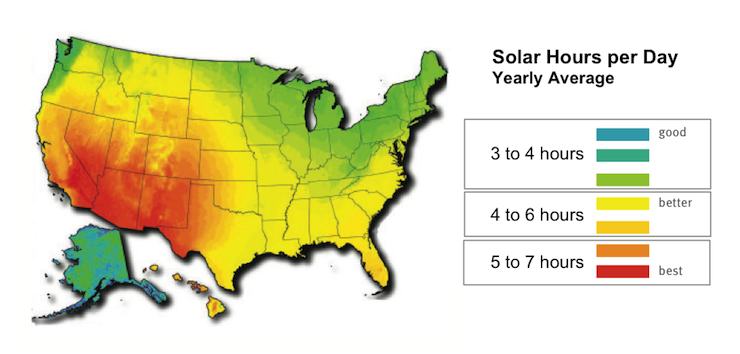Solar Calculator
Calculate how much power you need with these solar calculators to estimate the size and the cost of the solar panel array needed for your home energy usage. Ideally, you will know your total kilo-watt hours (kWh) used for the past 12 months or the average monthly kWh used each month. Check your electric bills or contact your local utility for your kWh used.The cost and size of a solar panel system depends on your current and future energy consumption, your location, the types of solar panels and components to be installed, and the availability of rebates and incentives.
Actual Energy Use Quote
Use this solar calculator to determine a precise system size for your actual energy use.
The NEXT STEP, now that you have an estimate for the desired kW, VIEW SOLAR KIT SIZES to compare prices, brands and, options.
Remember, you decide how much solar to get based on the need, available space, and budget. There is no rule that you have to offset 100% of current energy use. Utilities will generally allow grid-connected systems up to 120% of the previous 12 months consumption. They will also allow for consumption increases from an electric vehicle, home expansion or other needs.
Solar Power Map of the United States
Find your Solar Hours per Day using the color-coding on this map. Enter the value for your location into the solar calculator.

The solar map uses insolation, a measure of solar radiation energy received on a given surface area in a given time. This is typically measured in kilo-watt hours per square meter per day (kWh/m2/day). The map shows the average daily total solar radiation throughout the United States. It was developed using our tax dollars by the U.S. Department of Energy, National Renewable Energy Laboratory (NREL).
